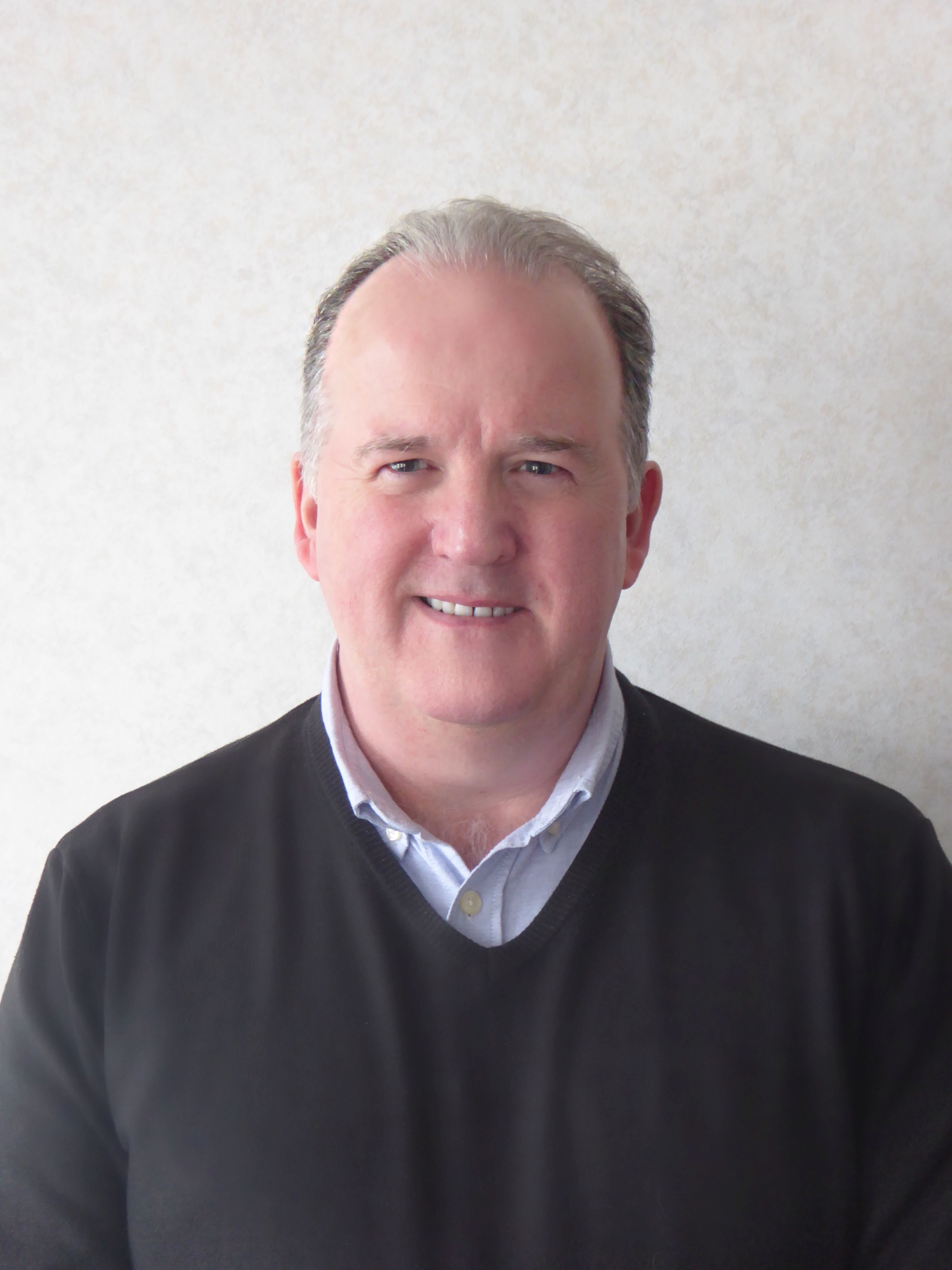Scotland promises farm by farm sea lice data

SCOTTISH salmon farmers are to publish all data associated with sea lice counts on a farm by farm basis, the SSPO (Scottish Salmon Producers Organisation) confirmed yesterday.
The SSPO’s general manager, David Sandison, said the move follows a decision taken by the organisation’s board – which includes all but one of Scotland’s salmon farming companies – in November last year.
Sandison (pictured), giving evidence in Holyrood’s Environment, Climate Change and Land Reform (ECCLR) Committee’s inquiry into salmon farming, insisted health was ‘the core’ of the salmon business.
‘We acknowledge there are gaps in the data and we could definitely enhance that further. In that regard, I’d like to confirm today that from hereon forthwith we will be publishing all data associated with sea lice counts on a farm by farm basis.’
The SSPO has made such data available in a regional format for the past five or six years, said Sandison, and Scotland’s biggest salmon farmer, Marine Harvest, publishes its sea lice counts on the company website, with a three-month time lag.
Asked by the committee convenor, Graeme Dey, the SNP MSP for Angus South, whether the data could be published in real time, Sandison said inevitably there has to be some time lag as it takes time to collect data from farms and ‘collectivise’ it.
But the industry’s new Strategic Farmed Fish Health Framework Working Group, developing a 10-year heath strategy with Marine Scotland, would consider the time frame for releasing sea lice data.
Asked why the SSPO had decided to make more data public now, Sandison said: ‘We believe we need to move the debate forward – we hear all the arguments, we hear all the background noise but we want to have a proper, honest dialogue about the actual status of farm sites in Scotland.’
If people feel that the data can be of use and help move the industry forward, the sector has no problem in being ‘completely open and transparent about that data’.
The SSPO will also make available historical data relating to mortalities: ‘We will provide mortality data at farm level, and give a commentary on any disease issues that may be associated with that mortality from time to time.’
As to whether sea lice data should be released on a statutory or voluntary basis, Sandison said he had no particular view.
The two other panel members during the session, John Aitchison, of the Friends of the Sound of Jura, and Sam Collin, marine planning officer at the Scottish Wildlife Trust and convener of the LINK Aquaculture subgroup, welcomed the SSPO move towards greater transparency.
But Aitchison expressed concern over what he said was a lack of a precautionary principle in the siting of salmon farms.
Sandison disputed this, saying there is a limit on farm biomass, and there is ‘significant precaution built into the consenting process’.
The ECCLR Committee’s remit was to look at the environmental impacts only of salmon farming, said the convenor, and its findings would be fed into the wider industry review by the Rural Economy and Connectivity Committee, expected to be held around Easter.

